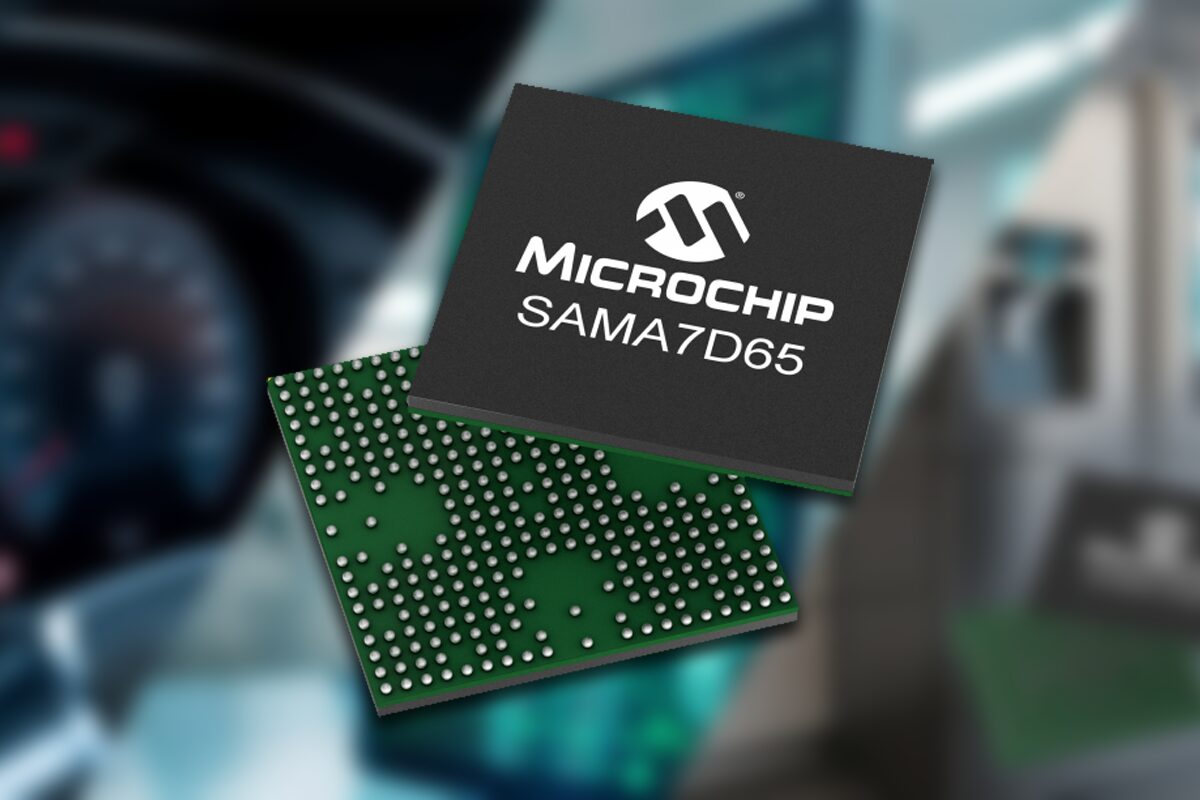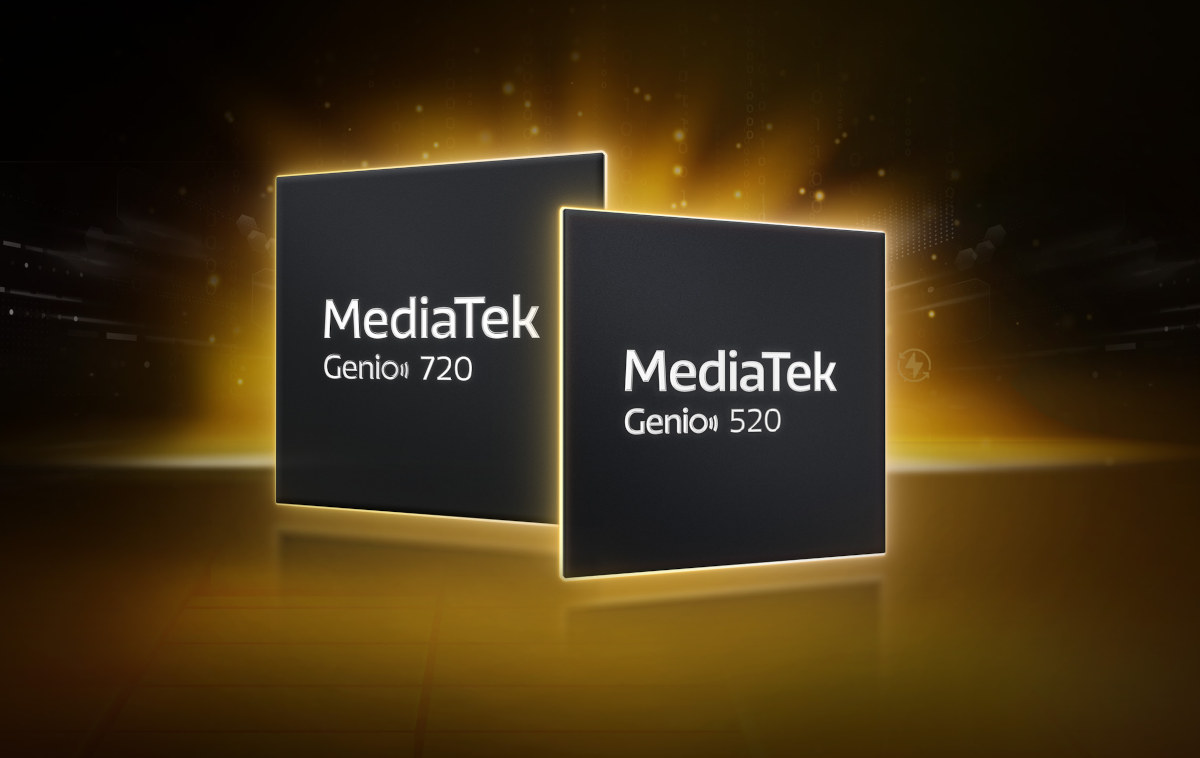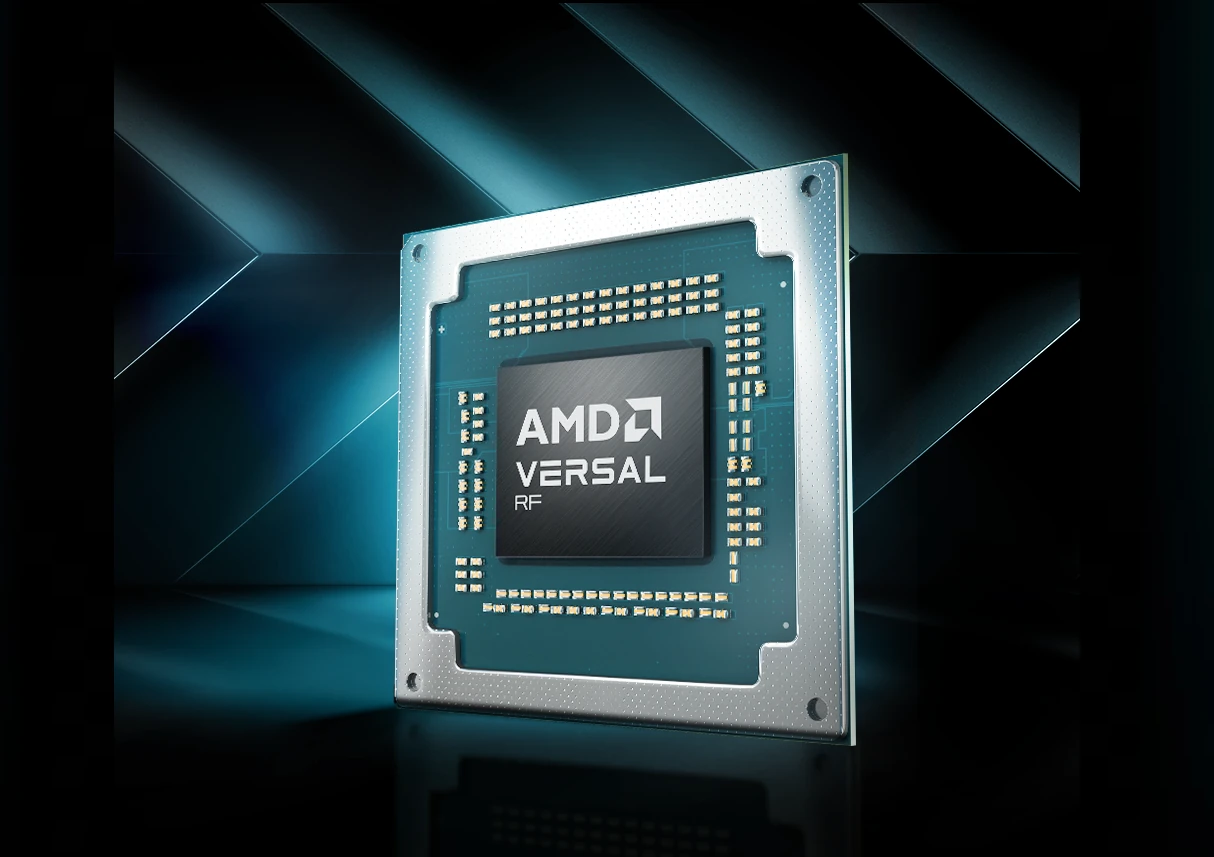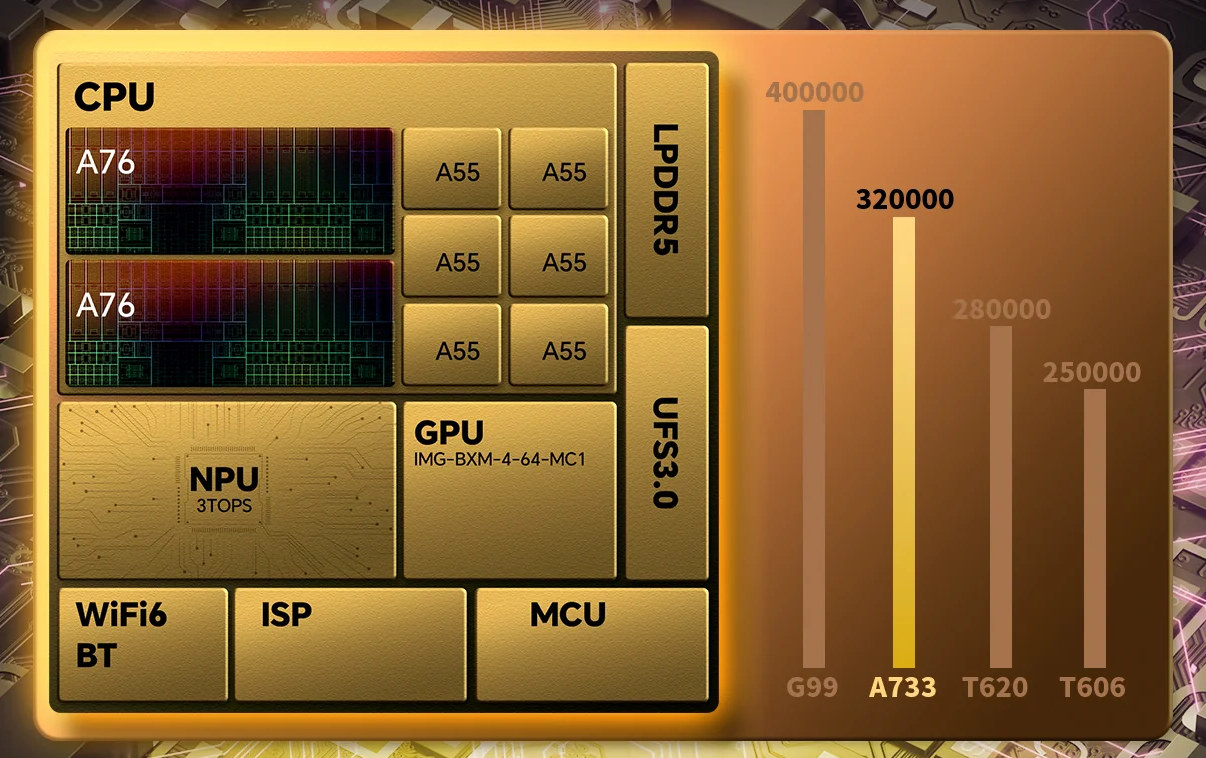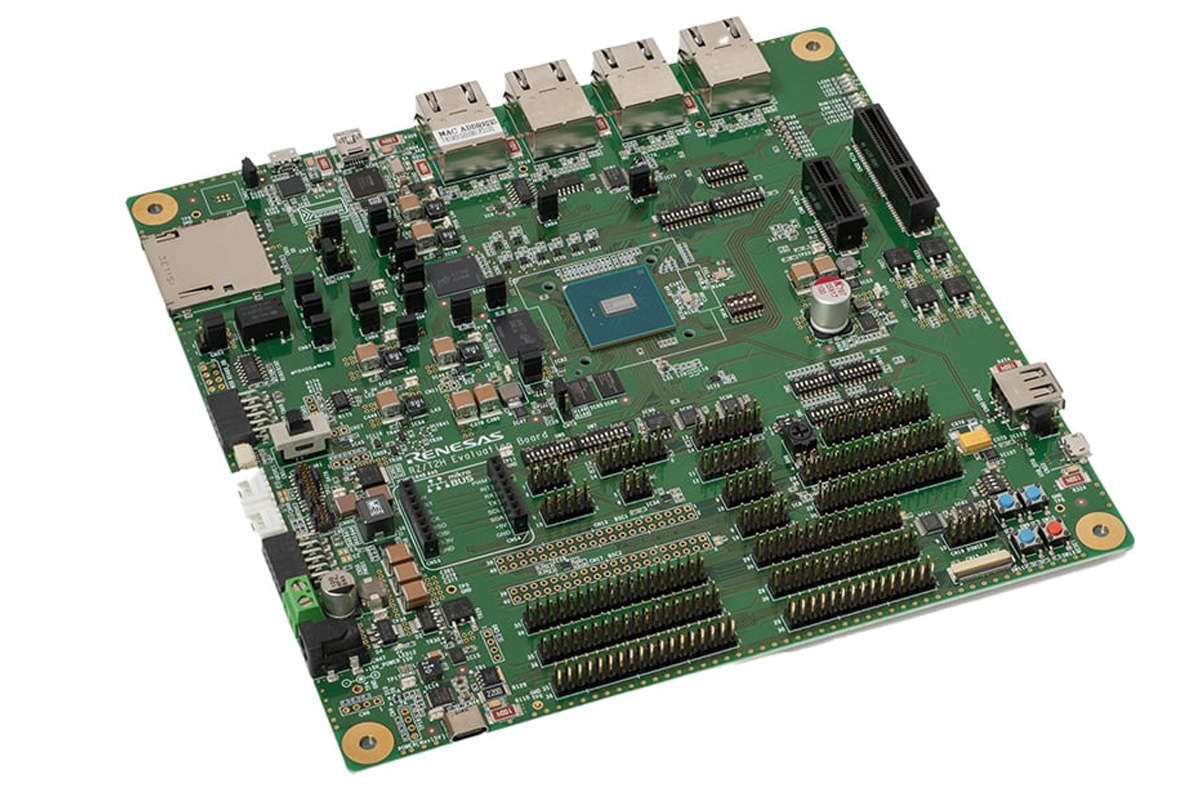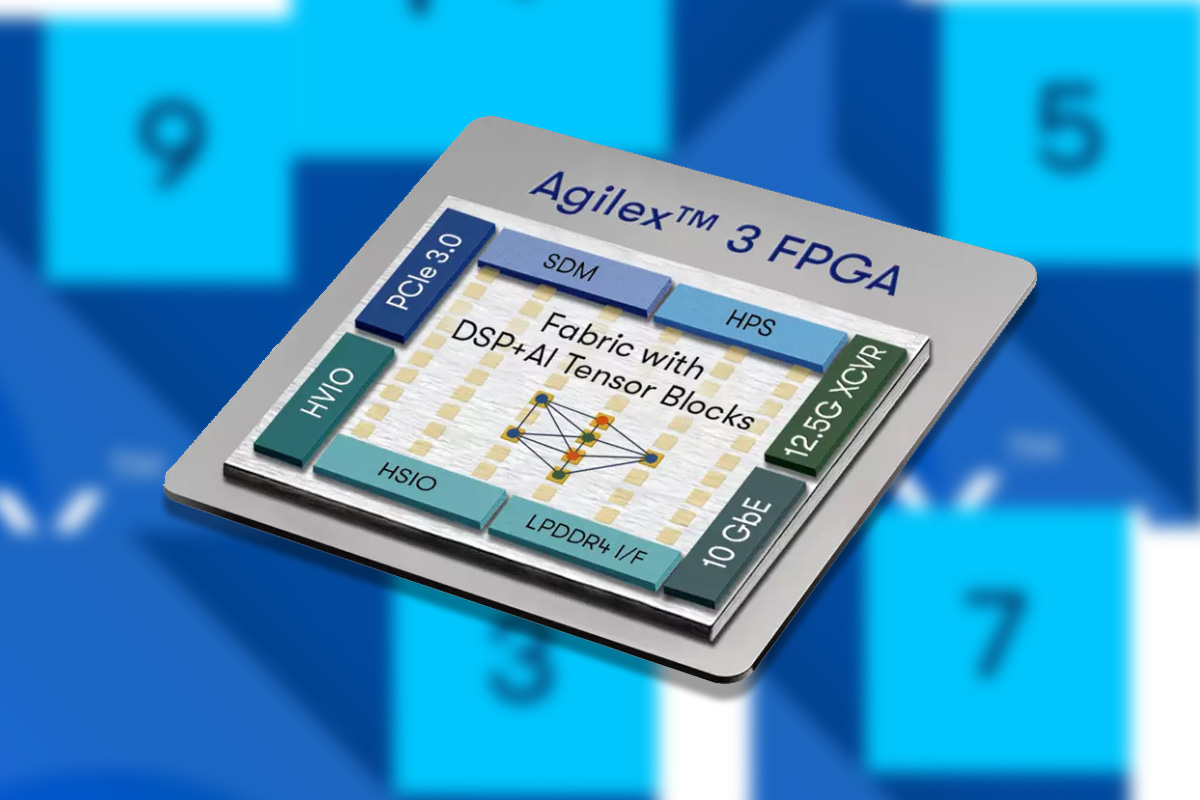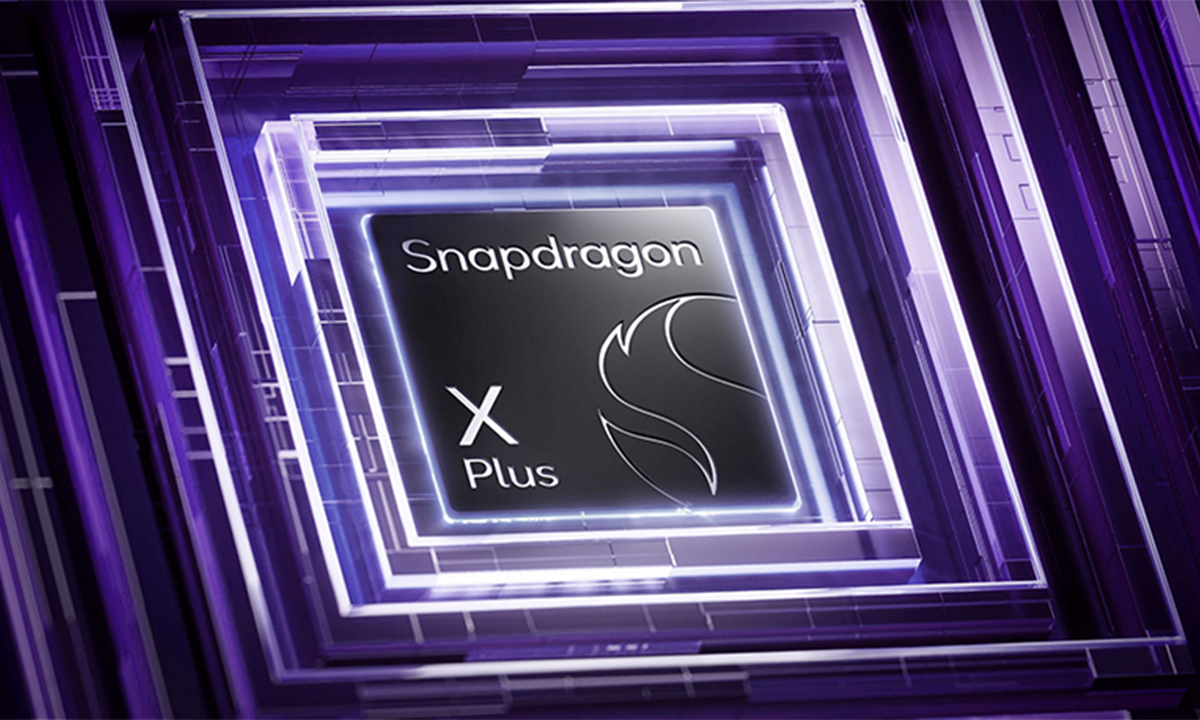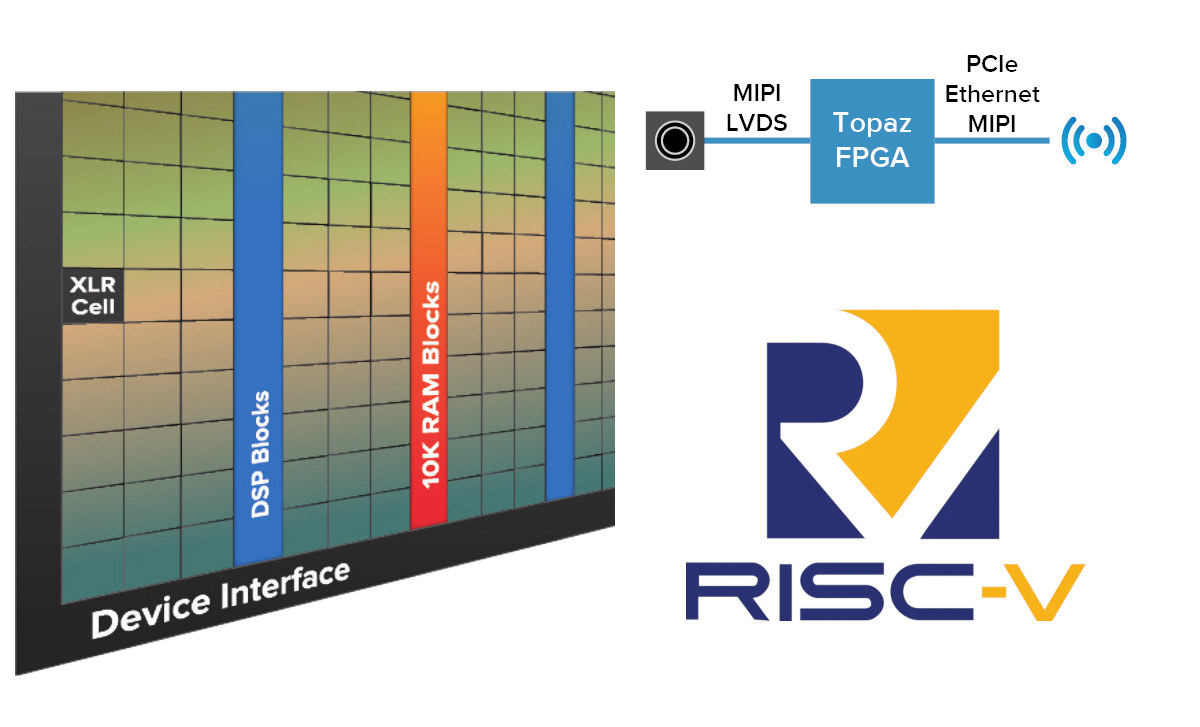Microchip has recently released the SAMA7D65 MPU, a high-performance Arm Cortex-A7 embedded processor designed for HMI and connectivity applications across industrial, home, medical, and appliance markets. The MPU is available in both System-in-Package (SiP) and System-on-Chip (SoC) variants and features various display interfaces, including MIPI DSI, LVDS, and 8-bit Serial RGB interfaces, along with a 2D GPU for graphical acceleration. Memory and storage options include support for 16-bit DDR2/DDR3/DDR3L and LPDDR2/3 memory, optional 1 Gbit or 2 Gbit DDR3 RAM, NAND Flash, eMMC Flash, and SD card. It features dual Gigabit Ethernet with TSN support, an I3C controller, five CAN-FD interfaces, and three high-speed USB ports. Additionally, it comes with various security features, including physically unclonable function (PUF), secure boot, key storage, and cryptographic accelerators for AES, SHA, RSA, and ECC. Microchip SAMA7D65 SoC/SiP specifications: CPU – Arm Cortex-A7 core up to 1 GHz Arm TrustZone, NEON, FPU 32KB L1 I-cache […]
MediaTek Genio 720 and 520 AIoT SoCs target generative AI applications with 10 TOPS AI accelerator
The announcement of the MediaTek Genio 720 and Genio 520 octa-core Cortex-A78/A55 AIoT SoCs is one of the news I missed at Embedded World 2025. The new models appear to be updates to the Genio 700 and Genio 500 with a beefier NPU, and the Taiwanese company says the new Genio series supports generative AI models, human-machine interface (HMI), multimedia, and connectivity features for smart home, retail, industrial, and commercial IoT devices. Both are equipped with a 10 TOPS NPU/AI accelerator for transformer and convolutional neural network (CNN) models and support up to 16GB of LPDDR5 memory to handle “edge-optimized” (i.e. quantized) large language models (LLMs) such as Llama, Gemini, Phi, and DeepSeek, and other generative AI tasks. MediaTek Genio 720 and Genio 520 specifications: Octa-core CPU Genio 520 2x Arm Cortex-A78 up to 2.2 GHz (Commercial) or 2.0 GHz (Industrial) 6x Arm Cortex-A55 up to 2.0 GHz (Commercial) or […]
AMD Versal RF Series adaptive SoCs target 6G wireless, aerospace, and electronics test equipment
AMD Versal RF series adaptive system-on-chips (SoCs) combines Arm Cortex-A72 and Cortex-R5F hard cores with FPGA fabric and direct radio frequency (RF)-sampling data converters for pre-6G systems, wireless 6G testers, aerospace and defense applications like radars, and electronics test equipment such as multi-channel testers, oscilloscopes, and wideband spectrum analyzers. Built upon the Xilinx Zynq RFSoC devices, the AMD Versal RF Series supports wideband-spectrum with high-resolution thanks to up to sixteen 18 GHz, 14-bit RF ADCs with up to 32 GSPS and sixteen 14-bit RFV DACs up to 16 GSPS, and delivers 80 TOPS of DSP performance in a size, weight, and power (SWaP)-optimized design. The chips also integrate hard IP such as DDR5 memory controllers, 600 Gbps Ethernet, PCIe Gen5 x4, and various high-speed transceivers. AMD Versal RF Series adaptive SoCs key features and specifications: Processing System Application Processing Unit (APU) – Dual-core Arm Cortex-A72 with 48 KB/32 KB L1 […]
Allwinner A733 octa-core Cortex-A76/A55 AI SoC supports up to 16GB RAM for Android 15 tablets and laptops
Allwinner A733 is an octa-core Cortex-A76/A55 processor with an optional 3 TOPS NPU and support for up to 16GB RAM designed for Android 15 tablets and laptops such as the Teclast P50Ai with a 10.92-inch touchscreen display. With two Cortex-A76 cores, six Cortex-A75 cores, an Imagination BXM-4-64 MC1 GPU, and an NPU, the Allwinner A733 looks very similar to the Allwinner A736 we noted in a roadmap last year. But there’s no news about the A736, so maybe the name was dropped and the Allwinner A733 was launched instead. Allwinner A733 specifications: CPU Dual-core Arm Cortex-A76 @ up to 2.00 GHz Hexa-core Arm Cortex-A55 @ up to 1.79 GHz Single-core RISC-V E902 real-time core GPU – Imagination Technologies BXM-4-64 MC1 VPU 8Kp24 H.265/VP9/AVS2 decoding (no mention of AV1) 4Kp30 H.265/H.264 encoding AI accelerator – Optional 3 TOPS NPU Memory 192 KB SRAM + 512 KB shared SRAM 32-bit LPDDR4/LPDDR4x/LPDDR5 interface […]
Renesas RZ/T2H Cortex-A55/R52 industrial MPU and Dev Board support EtherCAT, PROFINET, and TSN
Renesas RZ/T2H industrial MPU is the most powerful member of its RZ/T2 series of real-time microprocessors. The MPU features four Arm Cortex-A55 CPUs for application tasks and two Cortex-R52 CPUs for real-time control. It supports 9-axis motor control with 3-phase PWM timers, delta-sigma interfaces, and encoder interfaces. It also supports Industrial Ethernet protocols like EtherCAT, PROFINET, and TSN. These features make it ideal for industrial applications such as industrial robots, PLCs, motion controllers, and CNC machines. Renesas launched the RZ/T2L single-core Arm Cortex-R52 MPU just last year, and before that, in 2022, they launched the RZ/T2M dual Arm Cortex-R52 MPU. The RZ/T2L was just a cost-down version of RZ/T2M with an EtherCAT controller, compared to those old controllers the latest RZ/T2H supports 9-axis motor control and compatibility with various industrial Ethernet protocols. Renesas RZ/T2H specifications: CPU 4x Arm Cortex-A55 (64-bit) clocked at up to 1.2GHz with 32KB L1 I/D cache, 1MB L3 cache 2x […]
Altera’s 7nm Agilex 3 SoC FPGA features Cortex-A55 cores, AI Tensor Block, DSP, 10 GbE, and more.
Altera, an independent subsidiary of Intel, has launched the Altera Agilex 3 SoC FPGA lineup built on Intel’s 7nm technology. According to Altera, these FPGAs prioritize cost and power efficiency while maintaining essential performance. Key features include an integrated dual-core Arm Cortex A55 processor, AI capabilities within the FPGA fabric (tensor blocks and AI-optimized DSP sections), enhanced security, 25K–135K logic elements, 12.5 Gbps transceivers, LPDDR4 support, and a 38% lower power consumption versus competing FPGAs. Built on the Hyperflex architecture, it offers nearly double the performance compared to previous-generation Cyclone V FPGAs. These features make this device useful for manufacturing, surveillance, medical, test and measurement, and edge computing applications. Altera’s Agilex 3 AI SoC FPGA specifications Device Variants B-Series – No definite information is available C-Series – A3C025, A3C050, A3C065, A3C100, A3C135 SoC FPGAs Hard Processing System (HPS) – Dual-core 64-bit Arm Cortex-A55 up to 800 MHz that supports secure […]
Qualcomm Snapdragon X Plus 8-core – A 4 GHz octa-core processor for entry-level Copilot+ PCs and laptops
Qualcomm’s Snapdragon X line of ARM-based processors is designed for Windows laptops, offering CPUs capable of competing with Intel and AMD processors. The Snapdragon X Plus (10 core) and Snapdragon X Elite, announced last year, include high-performance NPUs for AI processing. Qualcomm has now introduced the entry-level Snapdragon X Plus 8-core processor, targeting the $700 to $900 laptop market instead of the ~$1,300+ asked for something like the Microsoft Surface Laptop 15. It reduces CPU and graphics performance while maintaining the same AI features as the higher-end models. The Qualcomm Snapdragon X Plus lineup includes two octa-core processors: the X1P-46-100 and X1P-42-100, both built on a 4nm process. These processors come with eight Oryon CPU cores, clocked at 4GHz and 3.4GHz respectively, and are equipped with the Qualcomm Hexagon NPU, delivering 45 TOPS for AI tasks like Copilot+ PC. They also integrate Qualcomm Adreno GPUs offering 2.1 TFLOPS for the […]
Efinix introduces the low-power Topaz RISC-V SoC FPGA family for “high-volume, mass-market applications”
Efinix Topaz is a new low-power RISC-V SoC FPGA family manufactured with the same 16nm TSMC process as the Efinix Titanium SoC FPGA, but optimized for high-performance in a low-power footprint, and targetting high-volume, mass-market applications. The Topaz SoC FPGAs provide fewer features than the Titanium family but still offer up to four RISC-V hard cores, PCIe Gen3, MIPI interfaces, LPDDR4, LVDS, and 12.5 Gbps transmitter with most features being optional and depending on the exact SKUs selected. Efinix Topaz key features and specifications: FPGA compute fabric Up to 326,080 logic elements (LEs) Up to 19.22 Mbits embedded memory Up to 1,877 10-Kbit SRAM blocks Up to 1,008 embedded DSP blocks Memory – 10-kbit high-speed, embedded SRAM, configurable as single-port RAM, simple dual-port RAM, true dual-port RAM, or ROM FPGA interface blocks Optional 32-bit quad-core hardened RISC-V block (RISCV32I with M, A, C, F, and D extensions and six pipeline […]


